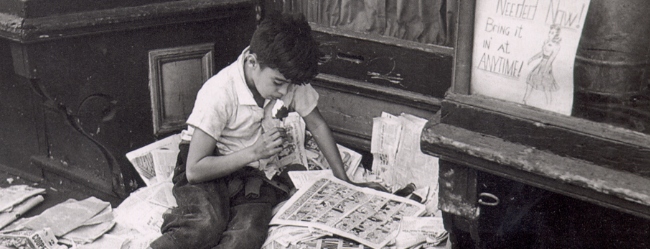
First base, shortstop, and LHRPs are three areas of particular concern to me. Yes, there is Moore and Marrero, but it’s a chimera to think that both will make it to DC. Rick Hughes fans will shout me down, but he’s coming off a shoulder injury and has a lost a year of development time. Josh Smoker is the best LHRP candidate and has zero AA innings. Of course, any complaints about minor-league relievers is mostly academic anyway; roles and usage should be secondary to the primary concern of developing the arms themselves.
The low-level rumblings in Western Maryland and the Shenandoah Valley are becoming louder, as details and logistics start to come to light. I’ve already admitted that my bias is towards keeping things in place, but obviously keeping the affiliate within reasonable driving distance of DC is my second choice. I can’t promise to follow this story all season long (the focus is on the players first), but I can direct folks to the blog that is dedicated to that purpose.
As others have mentioned, this is par for the course in the minors. Ownership groups routinely play one city off another in hopes of a better deal, a better facility, etc. It’s their right because the team is, after all, a business. Municipalities also have the right to say no, because it’s their duty to decide what constitutes a fair use of public monies.
My only admonition is that it’s usually a downward trend. A double-A team leaves, a single-A team might replace them. An affiliated team goes, an indy team — which doesn’t have to follow territorial rules — might move in. An indy team leaves, a collegiate wood-bat league might come to town. But with each step down, there are fewer dates the ballpark is used, fewer opportunities for the public to enjoy the facility, and less revenue generated to maintain it.
Stay tuned for a look at the latest Nats Top Prospect list, as Kevin Goldstein from Baseball Prospectus has weighed in.
